Are you looking to expand your succulent collection without breaking the bank? Propagating succulents is an easy and rewarding way to grow your garden, whether you’re a seasoned plant parent or just starting out.
In this comprehensive guide, we’ll walk you through everything you need to know about propagating succulents, from the basics to pro tips.
Understanding Succulent Propagation
Succulent propagation is the process of growing new plants from existing ones. Unlike some other plants, succulents have the remarkable ability to grow new roots and shoots from various parts of their bodies, including leaves, stems, and offsets (also known as pups).
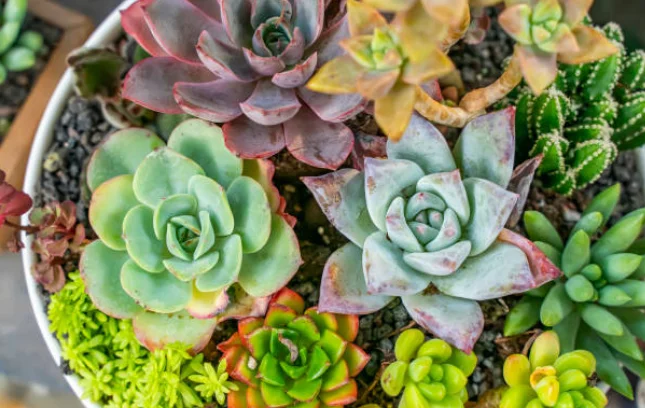
Tools Required
Before diving into the propagation process, let’s gather some necessary tools:
Healthy Succulent Plants: Choose mature succulents with well-established stems and leaves for successful propagation.
Clean, Sharp Scissors or Pruning Shears: Ensure your cutting tools are sharp and sanitized to prevent damage to the parent plant and reduce the risk of disease transmission.
Well-Draining Potting Soil: Opt for a specialized succulent or cactus mix, or create your own by combining regular potting soil with perlite or coarse sand to improve drainage
Small Pots or Containers: Use containers with drainage holes to prevent waterlogging and promote healthy root development.
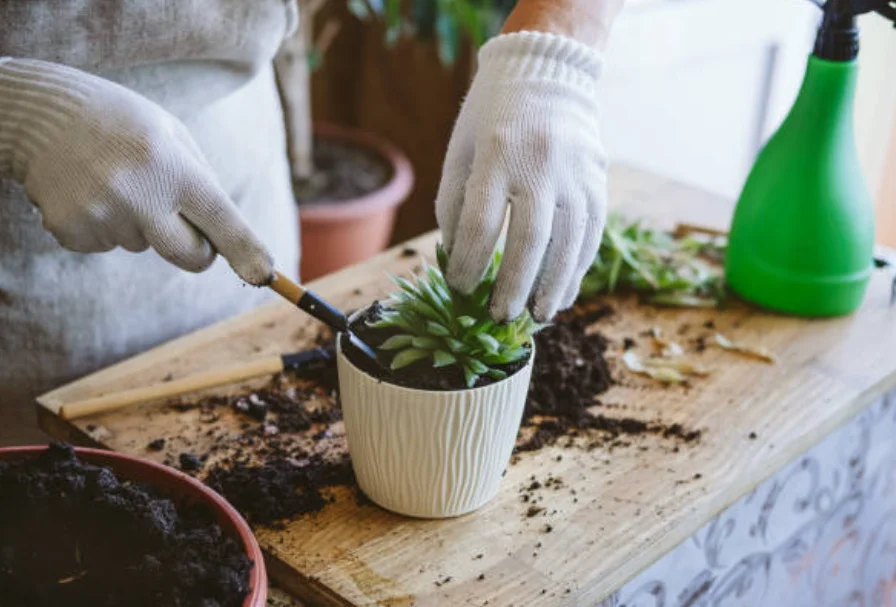
Optional Rooting Hormone (for Leaf Cuttings): While not necessary, rooting hormone can encourage faster root growth and increase the success rate of leaf propagation.
Spray Bottle: Fill a spray bottle with water to mist the soil and newly propagated cuttings, maintaining proper moisture levels during the rooting process.
Spray Bottle: Fill a spray bottle with water to mist the soil and newly propagated cuttings, maintaining proper moisture levels during the rooting process.
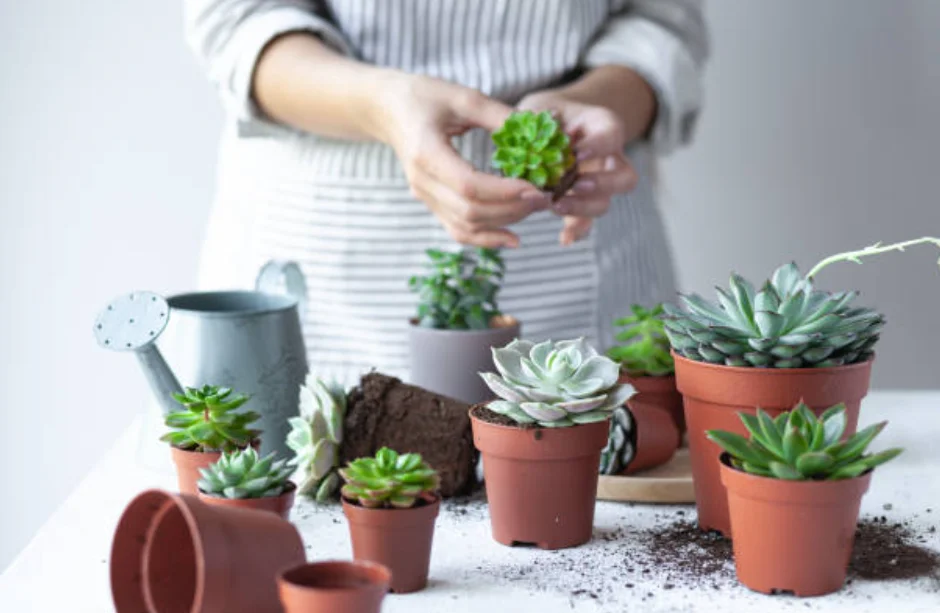
How to Propagate Succulents: Step-by-Step Guide
Gather Your Tools:
Before you begin, gather the necessary tools: sharp scissors or pruning shears, well-draining soil mix, small pots or containers, and a spray bottle.
Choose Your Method:
The propagation of succulents involves several methods such as leaf cuttings, stem cuttings and divisions. Choose the method that best suits the type of succulent you’re propagating and your preferences.
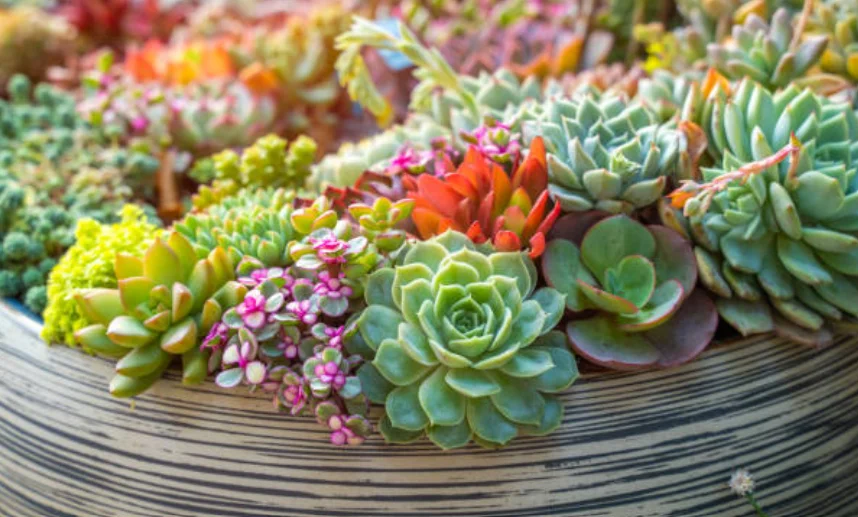
Prepare Your Cuttings:
If you’re propagating from leaf cuttings, gently twist the leaves from the stem, ensuring that you get a clean break. For stem cuttings, use sharp scissors or pruning shears to cut a healthy stem just below a leaf node. To avoid rot, allow the cuttings to call over for few days before planting.
Plant Your Cuttings:
Fill your pots or containers with well-draining potting mix, leaving enough space for the cuttings to be planted. Insert the cuttings into the soil, burying the stem or leaf node slightly and ensuring good contact between the soil and the cutting.
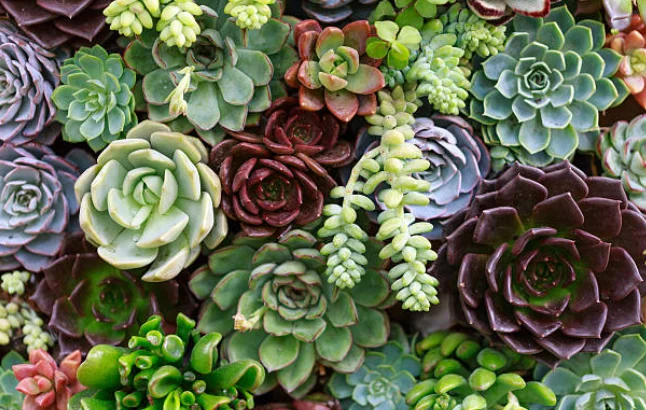
Care for Your Cuttings:
Place your newly planted cuttings in a bright, indirect light location, avoiding direct sunlight which can scorch the delicate cuttings. Water the soil lightly, keeping it slightly moist but not waterlogged. Use a spray bottle to mist the cuttings regularly to maintain humidity.
Watch for Growth:
Over the next few weeks, keep an eye on your cuttings for signs of growth. You should start to see new roots forming from the base of the cuttings and new shoots emerging from the leaf nodes. Mist the soil lightly with water as needed to maintain slight moisture, but avoid saturating the soil.
Transplanting:
Once the cuttings have developed roots and new growth, usually within a few weeks to months, they can be transplanted into larger pots with standard succulent care.
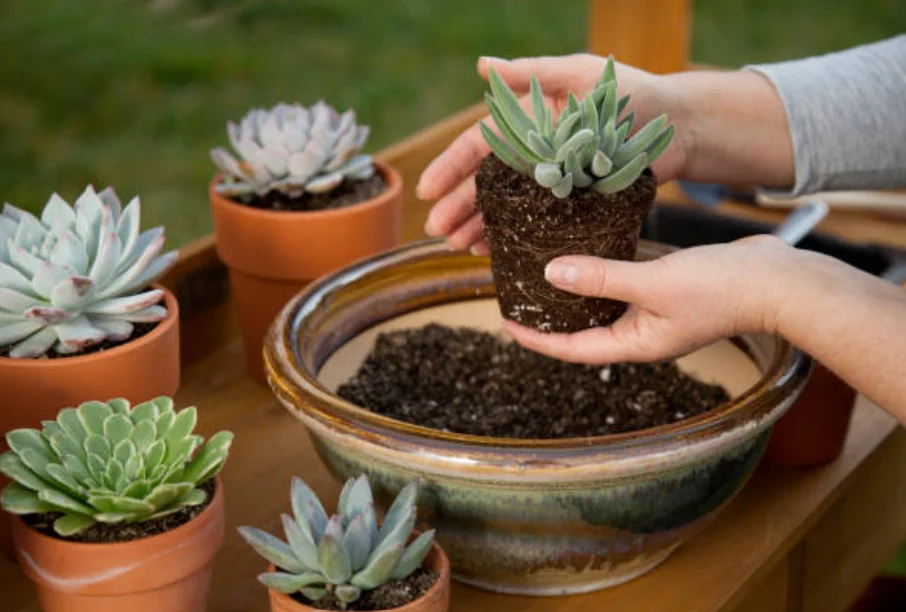
Conclusion
Propagating succulents is a fun and rewarding way to expand your collection and share the joy of gardening with others. With a little patience and care, you can turn a single succulent into a thriving garden of new plants. So why not give it a try? Happy propagating!
Frequently Asked Questions (FAQs) about How to Propagate Succulents
How long does it take for the succulent cuttings to root?
The rooting time varies depending on factors such as the type of succulent, environmental conditions, and the method of propagation. Generally, it can take anywhere from a few weeks to a few months for cuttings to root and establish.
Is it better to propagate the succulents in soil or water ?
Succulents generally root better in soil, but some varieties can be propagated in water before transferring to soil.
Can I propagate any type of succulent?
While most succulents can be propagated, some species are easier to propagate than others. Experiment with different types to see which ones yield the best results.
How do you grow succulents from cuttings?
To grow succulents from cuttings, simply let the cut ends callus over for a few days, then plant them in well-draining soil and water lightly.
Do I need to use rooting hormone when propagating succulents?
While rooting hormone can help speed up the rooting process, it is not essential for successful propagation. Many succulents will root and grow without the use of rooting hormone, especially if provided with the right care and conditions.
What is the easiest way to propagate succulents?
The easiest way to propagate succulents is by taking leaf or stem cuttings, allowing them to callus, then planting them in soil.
Can you put succulent cuttings straight into soil?
Yes, you can put succulent cuttings straight into soil after allowing them to callus over.
Can succulent cuttings go straight into soil?
Yes, succulent cuttings can be planted directly into soil after allowing the ends to callus over.
Can I grow a succulent from a leaf?
Absolutely! You can grow a new succulent plant from a single leaf cutting by letting it callus and then planting it in soil.
What should I do if my succulent cuttings aren’t rooting?
If your cuttings aren’t rooting, check to make sure they are getting enough light, water, and warmth. You can also try using a rooting hormone or adjusting your propagation method to see if that helps stimulate root growth. If all else fails, don’t be discouraged—propagation can sometimes be a trial-and-error process, so keep experimenting until you find what works best for you.

